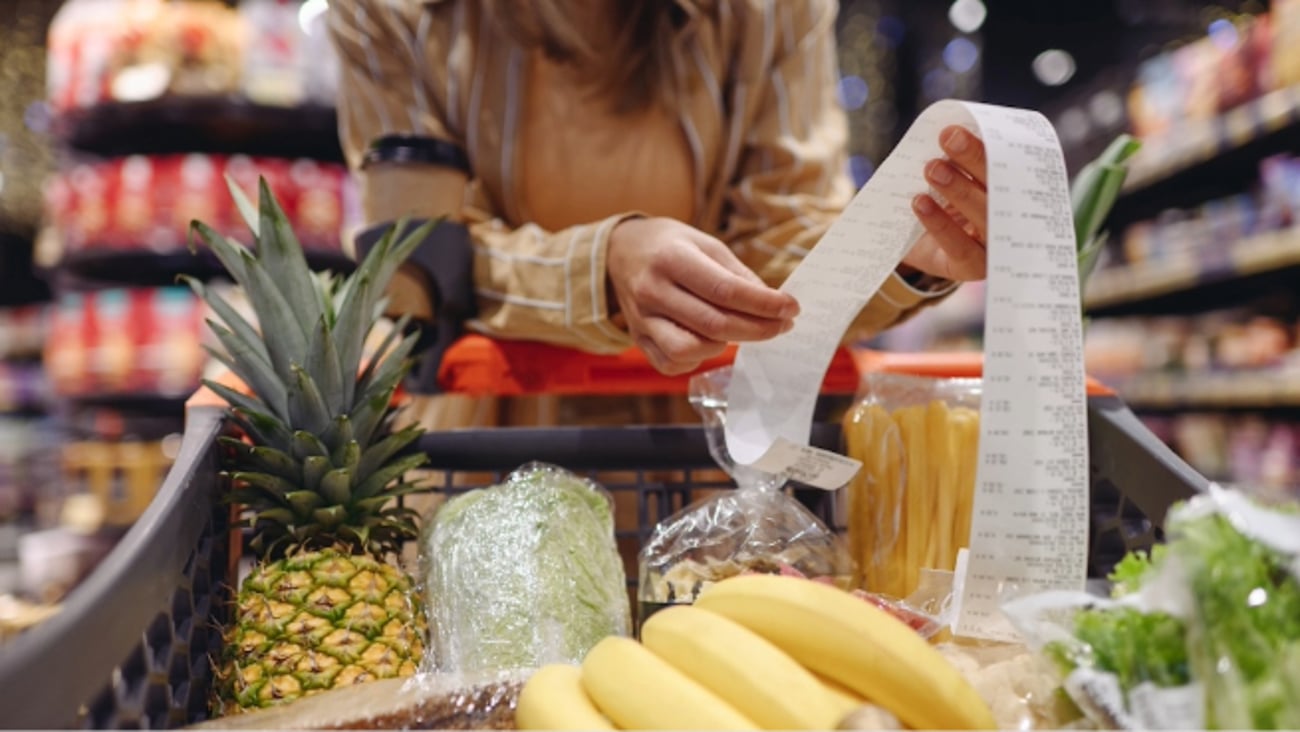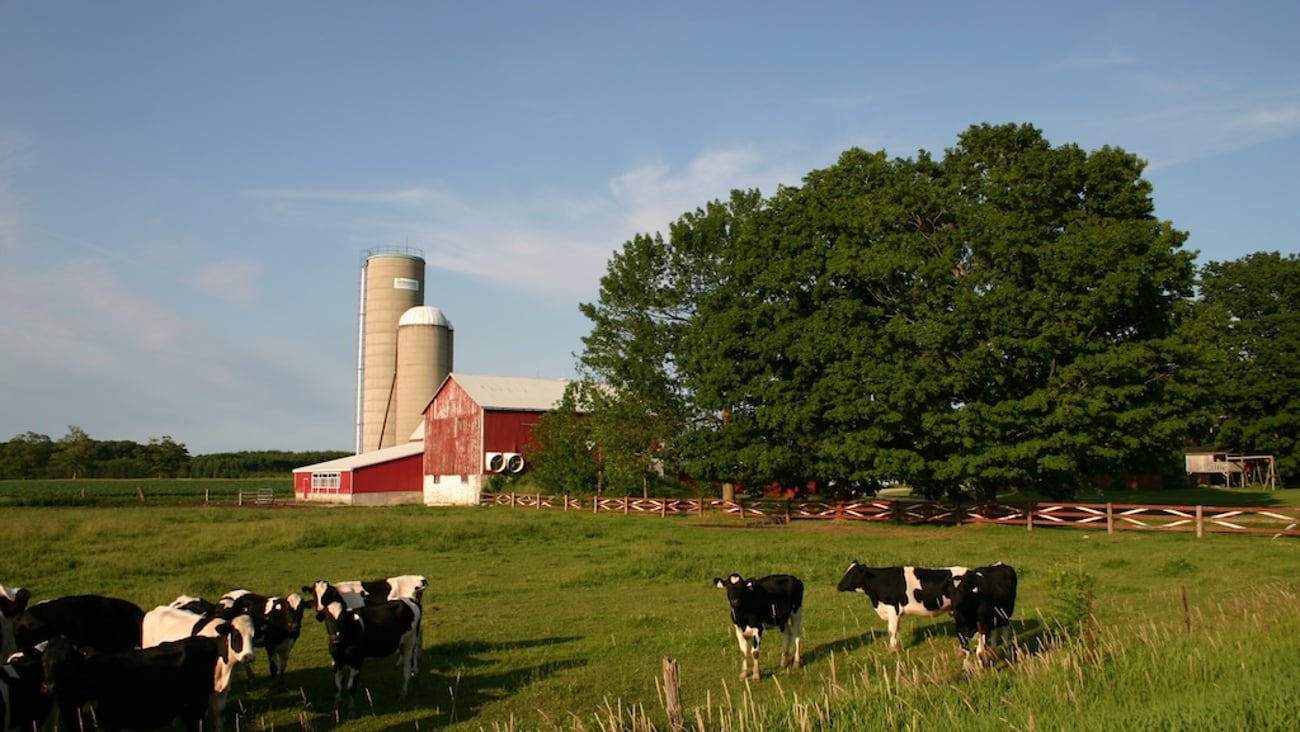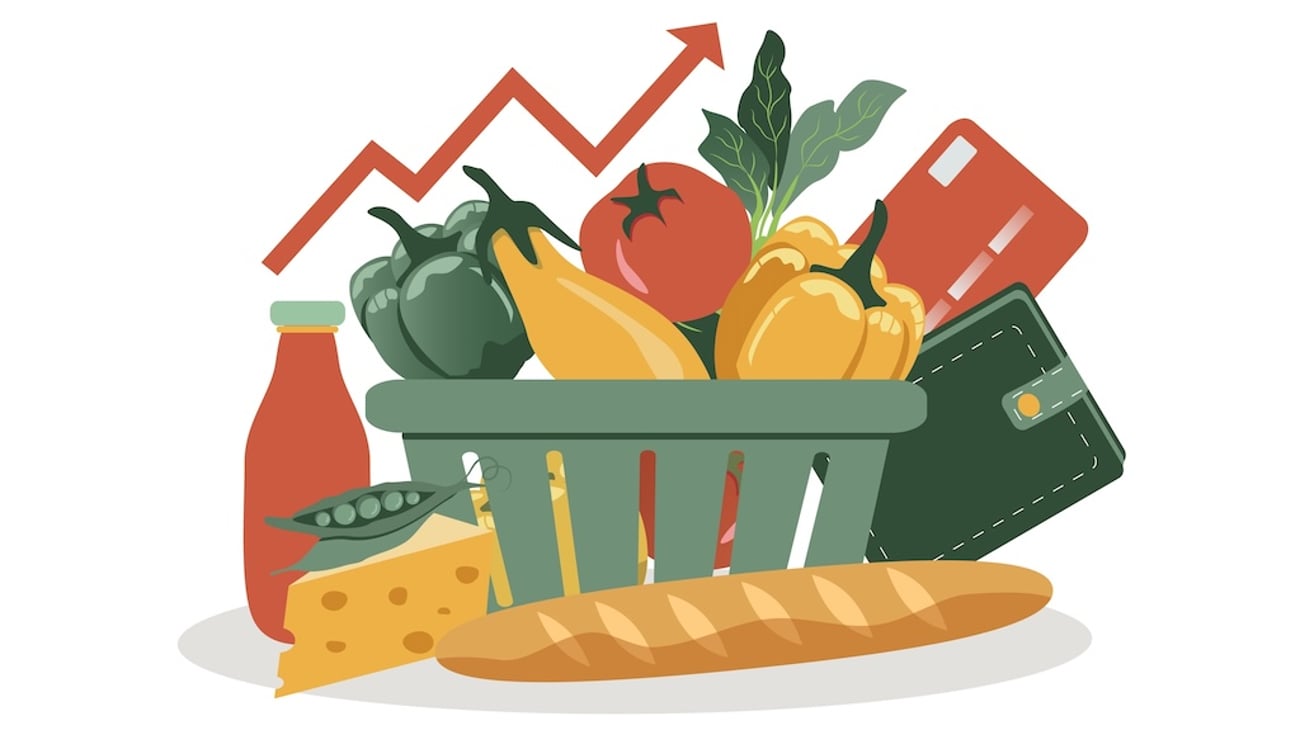Canada’s first food policy: Pointless and underwhelming
After more than two years of work and
hearing from nearly 45,000 Canadians, the Ministry of Agriculture and Food released its first ever food policy this week. A total of $134 million will be spent to support this five-year plan that centres around four major pillars: food security, health, environment, and the sustainable growth of the agriculture and food sector. These are noble goals, but the policy by itself is an affront to anyone who considers our agri-food sector to be the cornerstone of our economy.
The budget is underwhelming at less than $4 per capita, and is expected to cover an endless wish list before going to the electorate. A new food strategy was introduced in Quebec last year and $349 million was set aside to support the province’s ambitions. That works out to $40 per capita, which is 10 times more than Ottawa's budget. Quebec’s approach was very strategic, systematic and engaging as it offered specific goals and benchmarks. Even though Ottawa opted to go with a policy and not a strategy, the framework presented was incredibly short on details.
The policy does not provide a vision or focus for our agri-food sector and it avoids addressing major device issues in the sector such as GMO labelling, the use of pesticides, and the future of our supply management scheme. It does not suggest Canada should focus on certain commodities more than others, given what lies ahead with produce and vegetable proteins. Canada’s new food guide recommendations are out of reach for Canada’s agriculture. Growth is essential in areas such as horticulture and pulses and yet no specific provisions for these sectors were made.
The food policy offers no support for the development of impactful value chains in Canada. In other words, food processing doesn't appear to be on the department's radar. Value chains are used to guide high-impact and sustainable initiatives focused on improving productivity, competitiveness, entrepreneurship, and the growth of small and medium food processors in the sector. That is where most innovation and economic growth is typically generated. Any nation should aspire to control its food value chains, but Canada currently does not. Maple Leaf Foods is building a $300-million facility in the U.S. to manufacture plant-based protein products. With a strong food policy, Canada could have been a more viable option for a respectable company such as Maple Leaf Foods.
It's clear the policy was influenced by nonprofit organizations such as Food Secure Canada. The policy’s social justice undertone makes it look like a wish list for small scale community groups. Community freezers, gardens galore … these are cute ideas, but won’t help Canada become an agri-food powerhouse. There is no downside to supporting these groups, but Canada needs much more. As a strong advocate for a National Food Policy Council, Food Secure Canada got its wish but nobody really knows what this council will do, what authority it will have, or what the scope of its membership will be. This policy is very much about checking a box of an election promise made a while back, just for the sake of it. Our agri-food deserves better.
The policy does outline some important initiatives. A comprehensive Feeding the North program, along with the development of a Made in Canada brand, is long overdue. Food security in northern communities has been a challenge for decades and this policy should pave the way for more investments in localized production facilities in that region. Labelling products that are made in Canada will also be critical, but with the success of several provincially-based programs such as FoodLand Ontario and les Aliments du Québec, Ottawa is coming late to the game.
In the end, this is hardly a policy Canadians will care about and not necessarily for its lack of relevancy, but for its potential reach and impact.




